On the back of producing the world’s best-selling lens, Tamron has released a piece of glass that got me incredibly excited: the 17-28mm f/2.8 for Sony full-frame cameras. I’ve tested this lens extensively on both jobs and personal projects over the course of a month, and hopefully, I can now tell you whether you should buy this lens or not.
Given that Sony and Sigma seem intent on making FE lenses that are ever heavier and more expensive, having Tamron enter the fray and produce affordable glass without compromising on quality has been a revelation. Tamron's 28-75mm f/2.8 has caused quite a stir since it was released.
I was incredibly privileged to have Tamron send me the 17-28mm lens to use, giving me the chance to take it along on various travels and adventures. You can check MTF charts and other technical aspects elsewhere; sharpness and autofocus speed are important to me, and they will be discussed, but what I was keen to find out before buying this lens is what it would be like to use this lens on a day-to-day basis and how well it would fit into my work. For the best part of a month, it replaced my own extensively used wide-angle zoom, giving me a real indication of whether I should buy this lens.

The perfect wide-angle lens for adventures?
Given the compromise that this lens offers, I was interested not just in its technical performance, but how it felt to use this lens and whether it made me excited to go out and shoot.
Weighing the Options
Regular readers will recall an article I wrote a few months ago weighing up which wide-angle zoom to choose. I was faced with three options when contemplating whether to ditch my Canon 16-35mm f/2.8 II, currently being adapted using the Sigma MC-11. The direct replacement would have been to blow a sizable chunk of cash ($2,200) on the Sony 16-35mm f/2.8. Alternatively, if I wanted to save a few dollars, I could forego some aperture and opt for the significantly cheaper Sony 16-35mm f/4.
This was already a tough decision even before Tamron came along and announced their follow-up to the incredibly popular 28-75mm f/2.8: the 17-28mm f/2.8 Di III RXD. The more expensive of the two Sony options was more cash than I could justify, but the prospect of losing some low light capability was not a pleasant prospect. With the Tamron, I could now choose whether to shave aperture or millimeters, as the Tamron lost 1mm at its widest and 7mm at its longest. Not an easy decision.
I take upwards of 20 international trips a year and traveling cheap and light is both a necessity and something that I enjoy. However amazing Sony’s 16-35mm f/2.8 GM might be, that lens is a beast. I don’t need levels of sharpness that will scar your iris, and I’ve long dreamed of a wide angle zoom that doesn’t weigh 24 oz (680 g). The f/4 version shaves a little weight (18.3 oz, 519 g), making it significantly more appealing, but the Tamron takes it to another level: 14.8 oz (420 g) while taking up significantly less room in my bag.
Lightweight But not Cheapskate
This lens is light without feeling cheap. With my a7 III’s small body, it was somewhat refreshing to not have a huge lens hanging off the front of it, and I knew immediately that I would be more likely to take the Tamron on casual trips as a result. Paired with my Meike grip, I could shoot one-handed — something of a novelty for me. Moving to Sony mirrorless had promised full-frame performance in a more compact format, and this had started to feel like a myth when it came to lenses. Tamron has changed that.

Sony promised us small full-frame cameras. Sigma and Sony seem intent on making lenses that are huge while Tamron is quietly achieving the opposite.
Shooting a lot of climbing and people doing weird things in cities, I frequently need to get myself into positions that require clambering up walls or over railings. Suddenly, I appreciated having a smaller, lighter lens, as navigating obstacles was easier and less stressful, allowing me to get into position more quickly and easily and thereby missing fewer shots.
During my weekend working in Berlin, on the brief afternoon on my where I got to do a bit of sight-seeing, I took the Tamron along with me, when normally, I would have packed only my lightweight 24mm and 35mm Samyang primes. Suddenly, carrying my wide-angle zoom didn’t feel like a chore. This was unusual.
Saying Goodbye to 7mm of Zoom
The lenses that have spent most of its time on my camera over the last 15 years have all been 16-35mm or thereabouts. As a result, for what I shoot, it’s hard to imagine using anything else. I often find myself in the 18-20mm range, trying to avoid stretching fingers and feet that are straying towards the edge of the frame (an inevitable symptom of a rectilinear lens at wide angles), so 17mm over 16mm is not an issue.
Monsieur Sebastien Foucan.
What I was keen to find out with the Tamron is how much I would miss those 7mm at its longer end. Swapping lenses is typically not much of a hassle for me, but there have been plenty of occasions where I’ve found myself shooting quick portraits at 35mm, or needing to get a little bit closer to the action.
Looking back through my catalog, I dug into my metadata, and you might want to do the same if you’re facing the same conundrum. At an event earlier this year, I took just over 3,000 photos. 250 were at 32mm or tighter, while almost 500 were at an aperture larger than f/4.
This wasn’t much of a test, however. The only way to really find out how much of a difference it would make was to take the Tamron on a few jobs and maybe an adventure.
In the Field
The Rendezvous parkour training event hosted in London by Parkour Generations presented the Tamron with its first challenge. I left my Canon 16-35mm at home, and it rapidly became clear that this was not a risky move. Quickly moving subjects outdoors and some poorly lit interiors would be quite demanding. Eye autofocus on subjects jogging towards the camera performed well, and back-lit subjects under artificial lights did not pose much of a problem. In addition to the examples below, you can see a few more images in this article outlining my first impressions with the lens.

One of the venues for the parkour training events was one of London's fine brutalist housing estates, due for demolition next year.
This Is Not an Aberration
Something that struck me as particularly impressive is the lack of chromatic aberration. It’s often the case that lower-priced lenses have inferior coatings and poorer control, but Tamron has clearly worked some magic here. Given how much I point my camera upwards, I’m used to fringing, especially when sunlight is coming through tree branches. Below, you will see my edit, followed by a 100% crop, straight out of camera (no lens profile and no CA correction).
There were moments over the course of the weekend that I wanted to zoom in that little bit tighter, but it didn’t stop me from getting the shot that I wanted, and nor did it feel like a frustration. After three days of shooting one event, I looked through my images and felt incredibly pleased.
The second event was in Berlin, this time documenting an event for ParkourONE. Reflecting on the resulting shots, I realize that due to some fantastic weather, I often had a lot of sunlight coming almost directly into the lens. (Thanks to mirrorless, one of the advantages of having shifted from an OVF to an EVF is that staring repeatedly up into the sun while waiting for someone to jump is no longer headache-inducing.)
Shooting straight into direct sunlight doesn’t seem to be a problem for the Tamron, though I appreciate that I’m comparing it to my experience with a lens that is 12 years older. I’m sure the two Sony alternatives also have excellent control, but I’m delighted to have come away with a large batch of photos that might otherwise have been spoiled by excessive amounts of light bouncing around. I love a good lens flare every now and then, but it soon gets tiring.
The Adventure
One of my obsessions is exploring huge concrete obscurities tucked way in strange places. This one required a few hours of driving, followed by a little paddling. Again, I was grateful to be packing the smaller lens, not just for the damp crossing, but also for scrambling around and seeking out interesting vantage points once we were among the structures.
My Shoddy Attempt at Astrophotography
One of the requests I received while in possession of this lens was to discuss how well it performs when capturing the night sky. While I spend a lot of pointing my cameras up, it’s never at night, and I have zero experience. I managed to dig out a tripod that I’d almost forgotten I owned and mustered this rather shoddy effort, captured long before it was truly dark enough. Make of it what you will. I shall not be entering any competitions.
Is This a Vlogging Lens?
As you will no doubt tell, I’m not much of a vlogger, and Sony’s rather limited stabilization doesn’t lend itself well to walk-and-talk style vlogging. However, for short bursts of a minute or two, the Tamron is manageable, though not at arm’s length.
On a small desktop vlogging tripod, big, heavy lenses are not ideal, as the camera feels somewhat vulnerable. By contrast, the Tamron is a good option if you’re talking into a camera in a confined space. At 17mm, I was little more than a foot (40 cm) away from the lens (all tests done with the internal mic), and the minimum focusing distances on Tamron are insane. You can photograph subjects that are just 6.7 inches (17 cm) from the lens when at 17mm.
If you don’t mind having your nose made longer (wide-angle lenses are not flattering to faces, especially when up close, though I’m not sure even a 600mm telephoto will make my teeth look acceptable), you can take advantage of the tiny minimum focusing distance by getting quite close to the lens, which will help blur the background, even when using smaller apertures.
Reassuringly, I didn’t notice the sound of the AF motor when recording using the internal microphone.
The Details
Sharpness is pleasing at all apertures, softening very slightly in the corners at anything larger than f/4 — something that doesn’t concern me in the slightest. Contrast and color reproduction are excellent, and bokeh, is well, bokesque. In short, if trivialities such as vignetting, corner sharpness, or bokeh quality are a concern, then spend almost three times more on the Sony 16-35 f/2.8. If you splash $900 on this lens, you are not going to be disappointed by its performance. Put simply, you will get more joy from the Tamron’s compact size and weight than you will get from spending over a grand extra to get slightly sharper corners and a sore shoulder.
Landscape photographers and videographers will appreciate the comparatively small 67mm filter thread, and the latter will certainly be excited to use the Tamron as part of a gimbal set-up. The light weight means a lighter rig, and internal focusing means fewer adjustments when it comes to balancing.
The lens does not change its external dimensions when zooming, but part of the lens does move. An inner barrel slides forward when zooming out to 17mm, and in theory, this could collect dust. If that’s a concern, a UV filter will resolve this.
The focusing system is focus by wire, so videographers who love to manual focus will not be too interested. My filming experience is limited, but autofocus felt sharp and responsive, and at f/2.8, the lens didn’t seem to have any problems tracking faces when filming or finding eyes when using eye autofocus.
What I Liked
- Size
- Weight
- Minimum focusing distances
- Optical performance
- Autofocus performance
What I Didn’t Like
- 28mm rather than 35mm
- Having to give it back to Tamron
Conclusion
This is a fantastic lens with a compromise. If like me, you're not a high-end professional photographer and you were asking yourself whether that compromise is worthwhile, the answer is probably yes. You will take this lens with you more often and move with greater freedom, thereby shooting more photos, and you'll enjoy using it each and every time it's on your camera. If you're in a position where you're genuinely asking yourself whether this lens is suitable for you ahead of the more expensive Sony options, it almost certainly is. If you find the most joy in the world from sitting at home and reveling at how sharp your corners are instead of going exploring and taking photos in weird places, get the Sony.
If that's not you, buy the Tamron. Will you miss the extra 7mm? Probably nowhere near as much as you would miss the best part of $1,300. Buy the Tammy and spend that extra cash on an adventure instead.
With what seems to be a 70-180mm f/2.8 arriving in the near future, I'm now hopeful that Tamron has a 35mm f/1.8 prime in the pipeline. I don't need the autofocus toggle and that supernumerary nipple of a programmable button that the Sony version offers, nor do I need its price tag. Given the reputation that Tamron has forged, it should be able to create something very appealing to those who like to stay light and don't have a ton of money to spend on glass.
Please leave your thoughts and comments below, especially if you've been shooting with the Tamron.



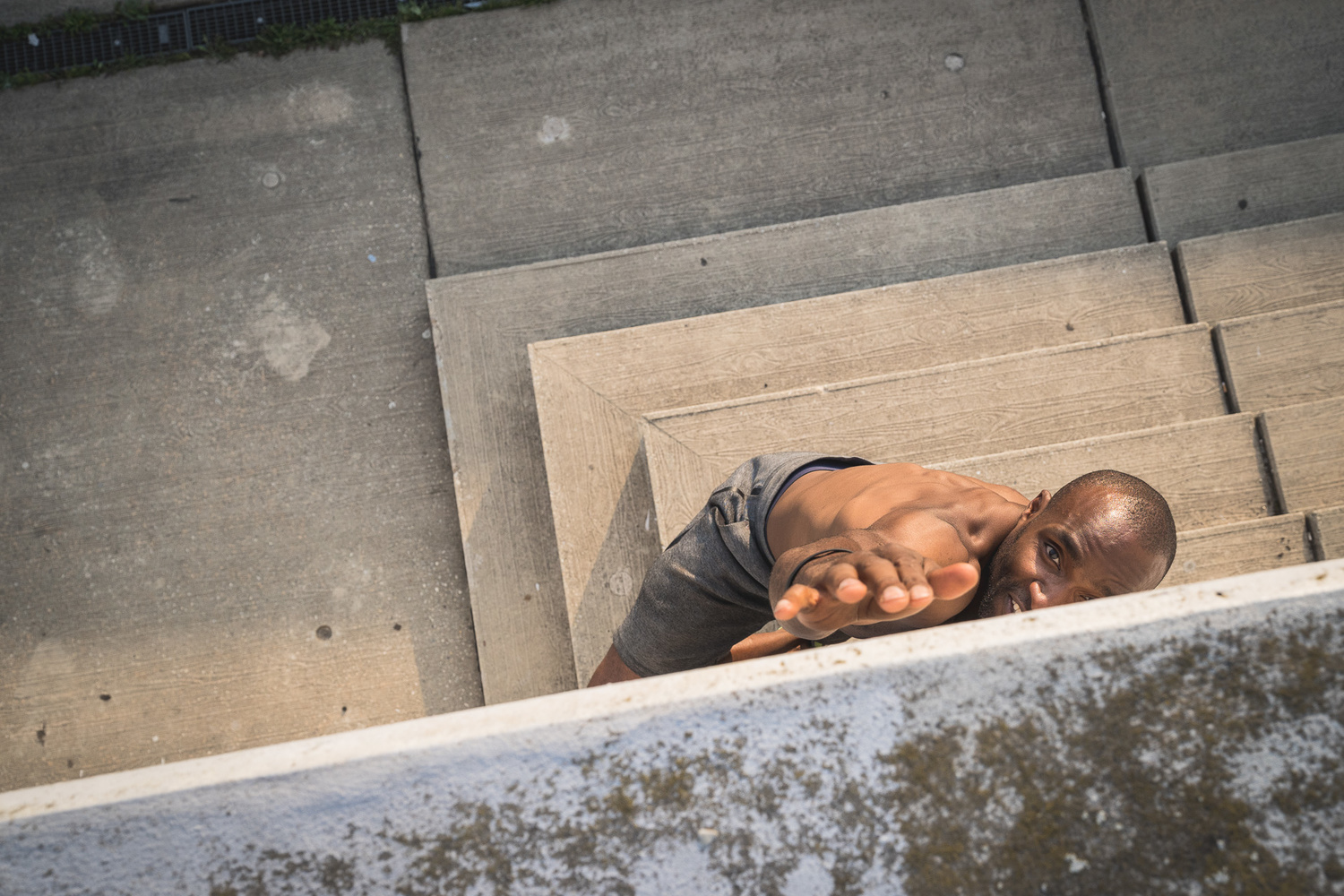
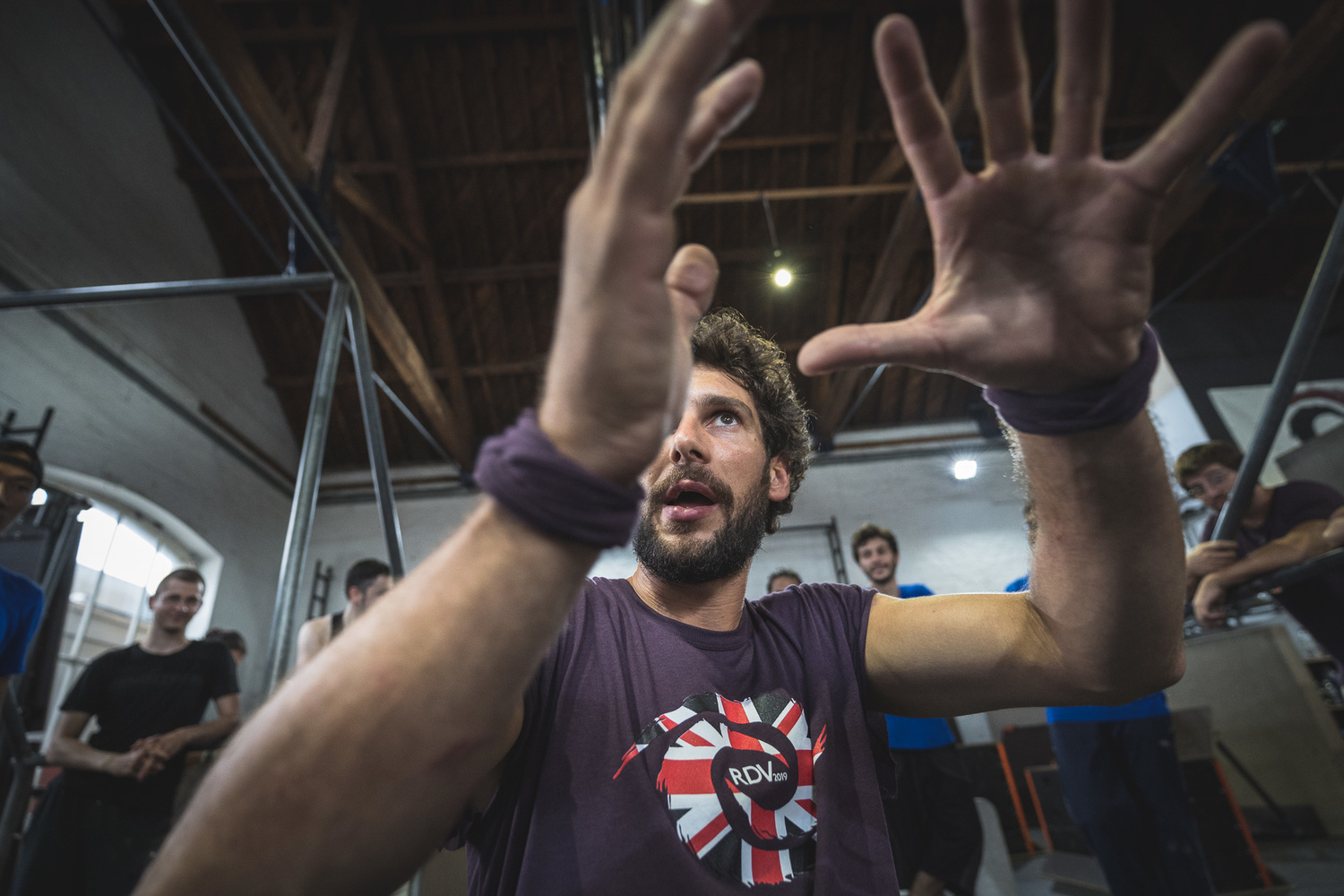
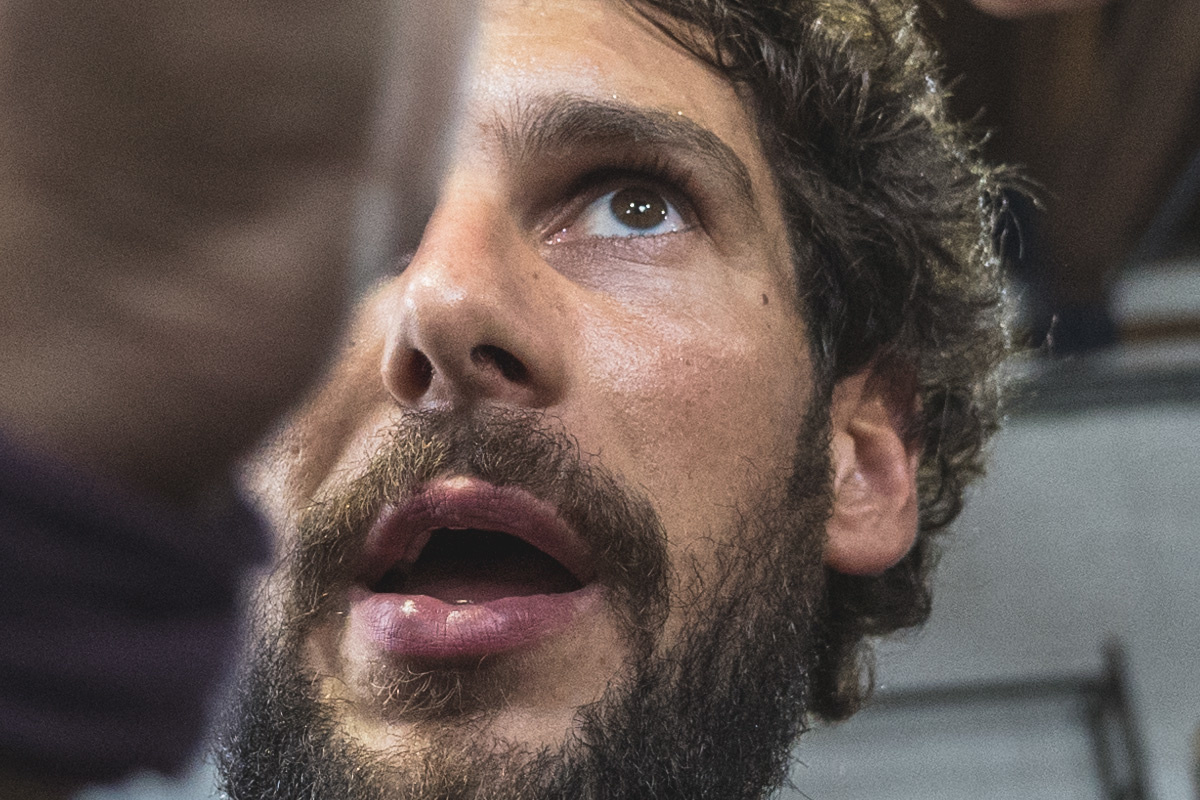

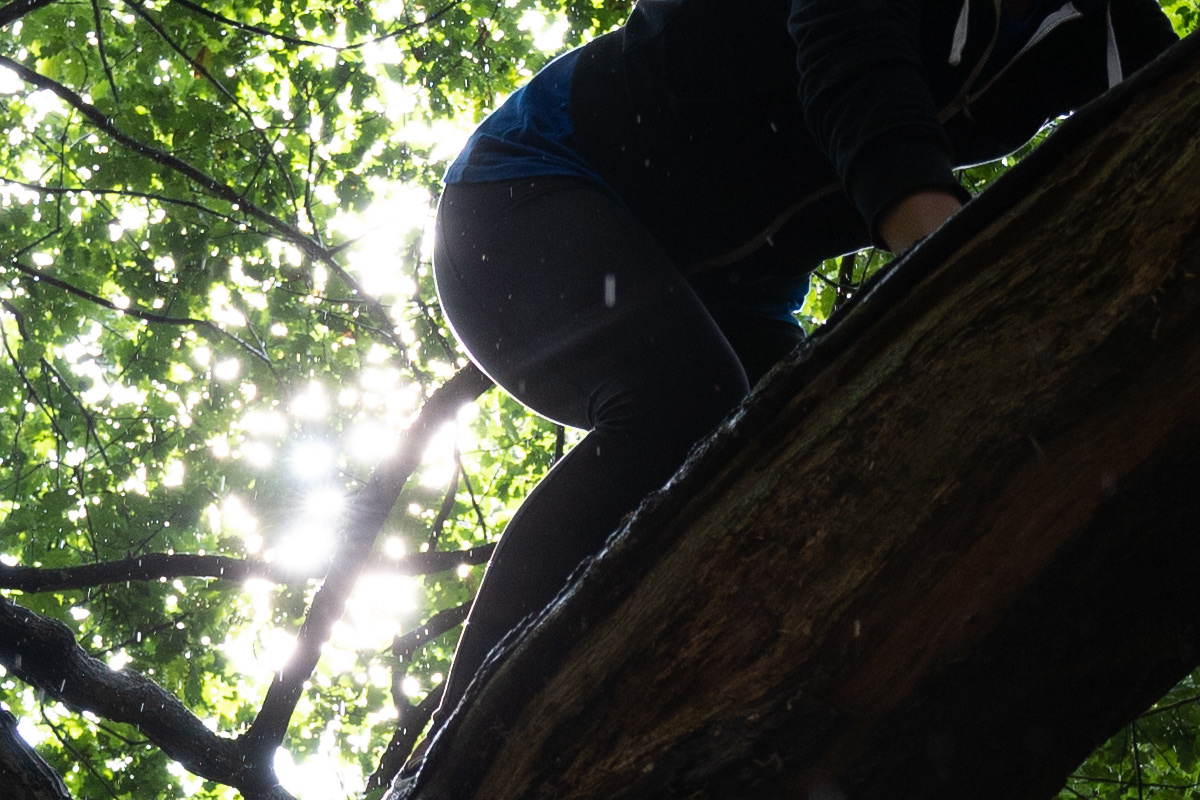
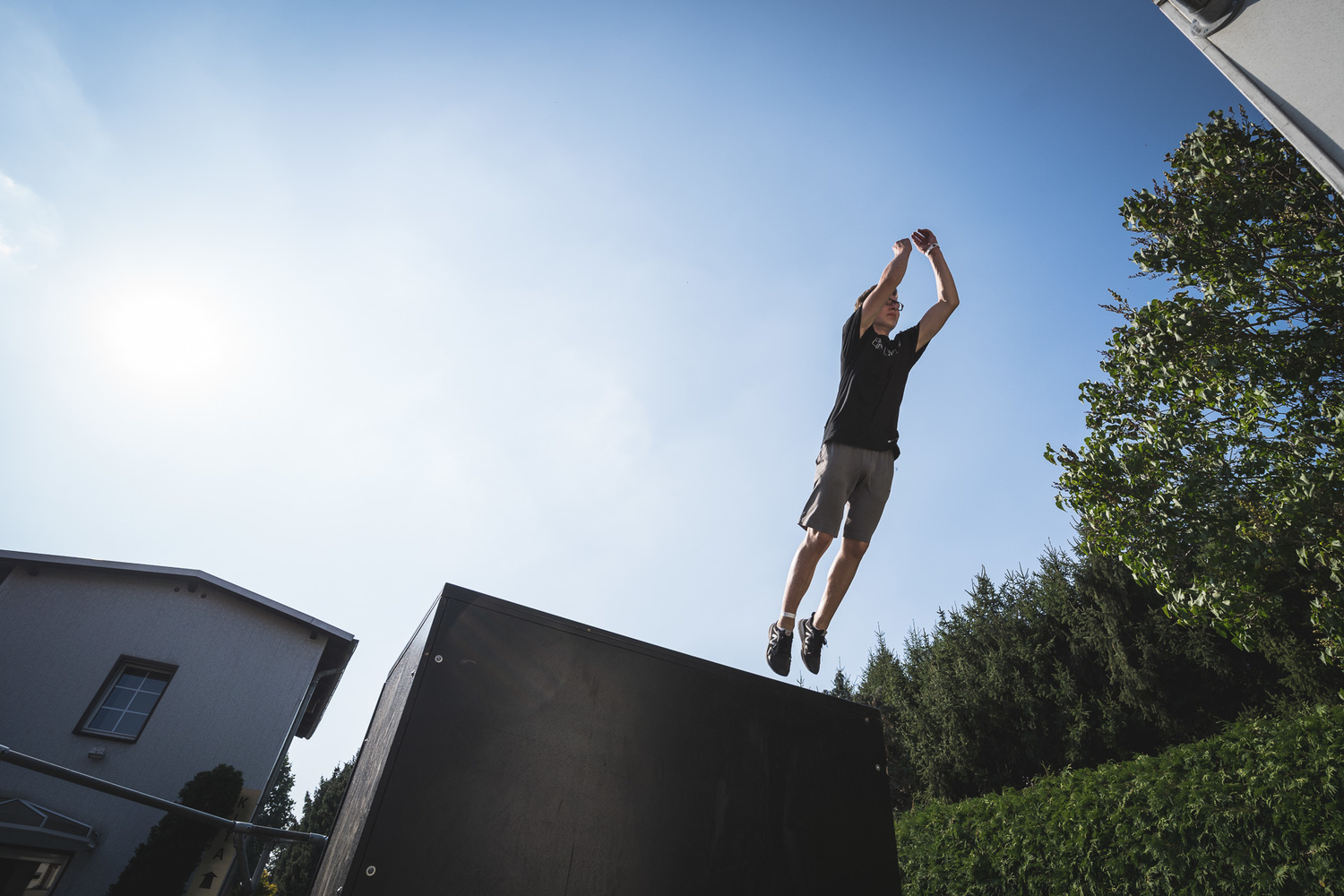














I have the Sony 16-35 F4, and am debating selling it and getting the Tamron. My conundrum is that it will probably cost me about $120 to sell this lens and get the Tammy. I can probably sell the Sony for $860-$880 on eBay, but then with fees it ends up at about $800. Then I’ll have to pay for shipping/insurance...so I’ll get something like net $780. And then buy the new Tamron at $899 (no tax through BH for me at least). So $899 - $780 is about $120.
Is $120 and losing 7mm of long end range worth it to get f2.8? What do you think?
This entirely dependent upon what you shoot. If you're into landscapes or architecture, the zoom range matters most and the extra stop doesn't matter at all. Maybe you just need to scratch the itch when an extra stop of light is within arms reach ;)
Entirely up to you, but I'd say they're different lenses for different purposes. The 17-28 value goes up synergystically if you also have the 28-75 IMHO.
I do have the 28-75.
I like having the 35 for the “flatter” portraiture shots. I’m a hobbyist, and this lens serves many different purposes for me. Family shots, landscape shots, street, light portraiture. But I also shoot indoors a good amount, so an extra stop would be welcomed.
Decisions, decisions...
"I don’t need levels of sharpness that will scar your iris"
I do :)
I've been spoiled ever since I had the Sigma 18-35 Art when I was shooting Canon. I honestly think it was sharper than my 16-35gm.
If I didn't already sell my soul for GM I would have looked at the 17-28. However, it didn't exists when I first switched over. I think this is the case with a lot of people. The 17-28 looks like a good option if you didn't already invest. I would personally miss 35mm though.
I will miss the 35mm but having used the lens for a month, i take more photos and more enjoyment from the smaller lens. I wasn't sure that i could make this compromise but a month of use has left me convinced. But yes, your mileage may vary. :)
Can you expand upon not needing the extra 7mm of reach? You talked about using the the bigger aperture...but not about the lengths you used during your test. The samples you gave definitely have some face distortion that a 35mm length might not have.
I love the photos though, just to be clear!
Sure thing. I think I'm so used to using a wide angle lens that I don't really feel the face distortion in the same way as other folks. Plus, the people in my frames are often relatively small so it's less pronounced. Plus, when I'm shooting events, it's a compromise that I don't mind making so much — i'm usually shooting people trying to be athletic, not beautiful. (And yes of course both would be ideal..! 😂). If I were shooting in more controlled situations I'd change lenses. I appreciate that this might not work so well for other situations. A wedding shooter might have concerns, but then this lens is so small that throwing a second body with, say, a 50mm around your neck is less of a burden.
Before using the lens, it was a tough judgement to make just for my own photography, never mind for anyone else's! One useful way of thinking about it is to consider it less of a zoom and more of a prime.
Not sure how useful any of that is..!
Recently purchased the 17-28, took it out and shot 100 plus photos at a local park and found the chromatic aberration to be horrible. It's worse than the original kit lens I purchased with my A7R2. It's not just along the edges but starts from just beyond the center. One photo in particular was of a running stream and the corner of the stream which was about 30% out from the center of the photo had what looked like purple blueberries that were visible even at 21%. At 1:1 it looked like someone had pour purple paint into the stream. No amount of correction I tried in post could fix it. Just a shame because I was trying to avoid buying the more expensive G-Master wide angle zoom.
I'm considering this lens for my A6600 would you recommend it in on the A6600? Thanks
Thanks for the good article. I know cropping can be controversial, but that extra 7mm (unless a person is already cropping a lot at 35mm), can be easily obtained with a crop. As can the bokeh and lower distortion of 35mm by standing farther away and cropping. I say that because esp with the A7R series, there is a lot of crop flexibility.